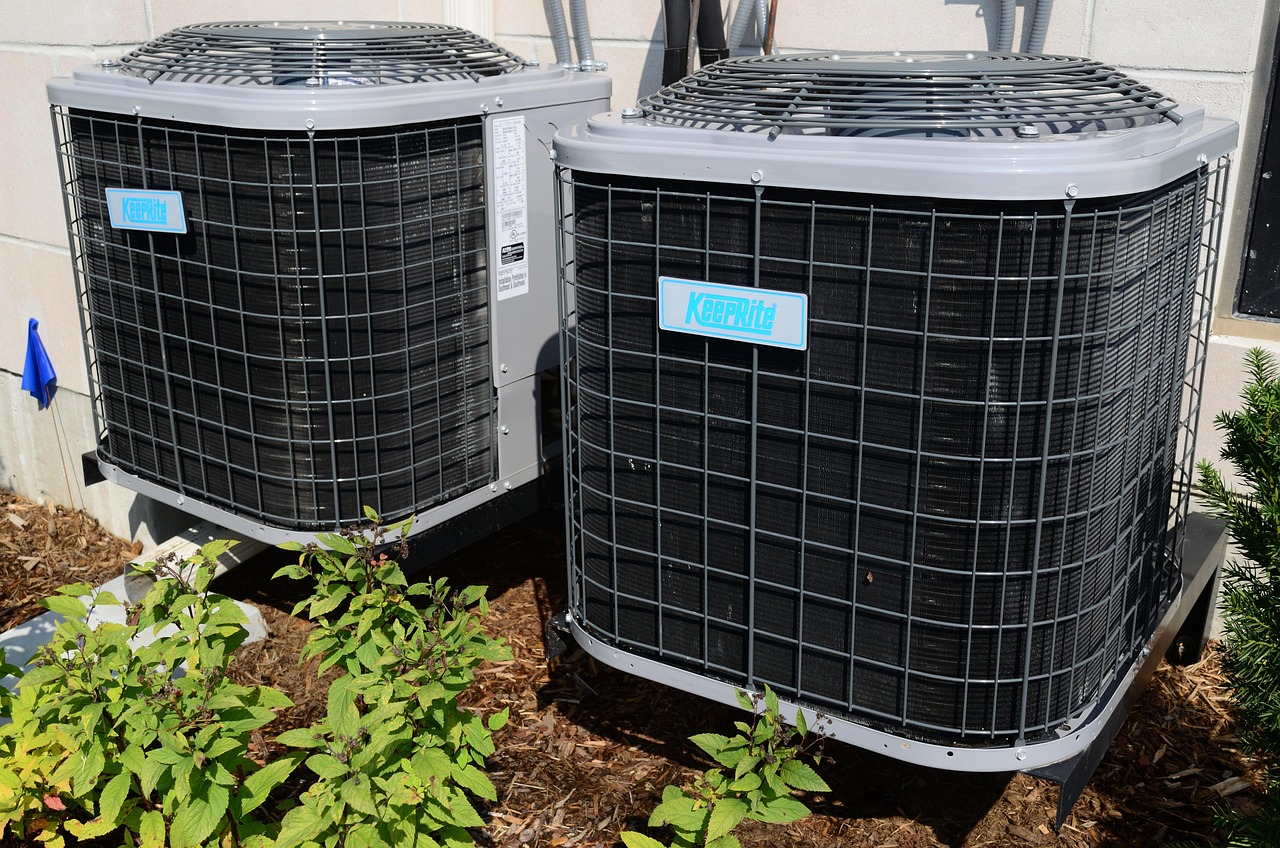When shopping for new heating and cooling equipment, you’ll encounter a variety of efficiency ratings that might seem like confusing alphabet soup. These ratings—SEER for air conditioners, AFUE for furnaces, and HSPF for heat pumps—are crucial metrics that determine how efficiently your HVAC system will operate. Understanding these HVAC efficiency ratings not only helps you make informed purchasing decisions but also impacts your long-term energy costs and environmental footprint. This comprehensive guide will break down what these ratings mean, why they matter, and how to use them when selecting your next system.
What Are HVAC Efficiency Ratings?
HVAC efficiency ratings are standardized measurements that indicate how effectively heating and cooling equipment converts energy into conditioned air. Think of these ratings as similar to a car’s miles-per-gallon rating—they tell you how much heating or cooling output you’ll get for each unit of energy input. Higher ratings generally mean better efficiency, lower utility bills, and reduced environmental impact. However, higher-efficiency units typically come with larger upfront costs, creating an important consideration about the balance between initial investment and long-term savings. As energy costs continue to rise, paying attention to these ratings becomes increasingly important for homeowners looking to optimize their comfort while minimizing expenses.
SEER Rating Explained: Cooling Efficiency
SEER (Seasonal Energy Efficiency Ratio) measures the cooling efficiency of air conditioners and heat pumps. This rating represents the total cooling output during a typical cooling season divided by the total electrical energy input during the same period. As of 2023, the minimum SEER rating for new residential air conditioners ranges from 14 to 15, depending on your region, though high-efficiency models can reach SEER ratings of 20 or higher. For every point increase in SEER rating, you can expect approximately 5-8% energy savings. For example, upgrading from a SEER 14 to a SEER 16 unit might reduce your cooling costs by 10-16%. When evaluating SEER ratings, consider your climate—higher SEER ratings deliver greater benefits in regions with longer cooling seasons. According to experts at AskHomey, the premium you pay for a higher SEER unit typically pays for itself within 3-5 years in warmer climates.
AFUE Furnace Rating: Heating Efficiency for Gas and Oil Systems
AFUE (Annual Fuel Utilization Efficiency) measures how efficiently your furnace converts fuel to heat over a typical year. Expressed as a percentage, AFUE tells you how much of your fuel becomes useful heat versus how much is lost. For example, a 90% AFUE furnace converts 90% of its fuel into heat, while the remaining 10% escapes through the chimney or elsewhere. Modern standard-efficiency furnaces typically have AFUE ratings between 80% and 83%, while high-efficiency condensing furnaces range from 90% to 98%. The difference between an 80% and 96% AFUE furnace is substantial—the higher-efficiency model uses 16% less fuel to produce the same amount of heat. This can translate to significant savings, especially in colder climates where heating demands are higher. When selecting a furnace, consider that while high-efficiency models cost more initially, homes in cold regions often recoup this investment through fuel savings within 5-7 years.
HSPF Heat Pump Rating: Measuring Heating Efficiency
HSPF (Heating Seasonal Performance Factor) specifically measures the heating efficiency of heat pumps during an entire heating season. Like SEER, HSPF is calculated by dividing the total heating output by the total electricity consumed. Current minimum standards require new heat pumps to have an HSPF rating of at least 8.8, though high-efficiency models can reach 13 or higher. The higher the HSPF rating, the more efficient the heat pump is at heating your home. Since heat pumps serve double duty—providing both heating and cooling—you’ll need to consider both HSPF and SEER ratings when making a purchase. In moderate climates, heat pumps with high HSPF ratings can provide significant energy savings compared to traditional heating systems. However, in extremely cold regions, heat pump efficiency decreases as temperatures drop, sometimes necessitating supplemental heating sources when temperatures fall below freezing.
Making Informed Decisions Based on Efficiency Ratings
When evaluating HVAC systems, efficiency ratings should be just one factor in your decision-making process. Consider your local climate, the size of your home, your budget constraints, and how long you plan to stay in your home. In areas with extreme temperatures, investing in higher efficiency equipment often makes financial sense, while in milder climates, mid-range efficiency units might offer the best value. Remember that proper installation is just as important as the efficiency rating—even the highest-rated system will underperform if improperly sized or installed. Additionally, regular maintenance helps maintain efficiency levels over time. When shopping, look for ENERGY STAR certified equipment, which exceeds minimum efficiency standards and often qualifies for utility rebates or tax incentives that can offset higher initial costs.
For more tips and to connect with reliable home service professionals, follow AskHomey on Facebook and Instagram.



